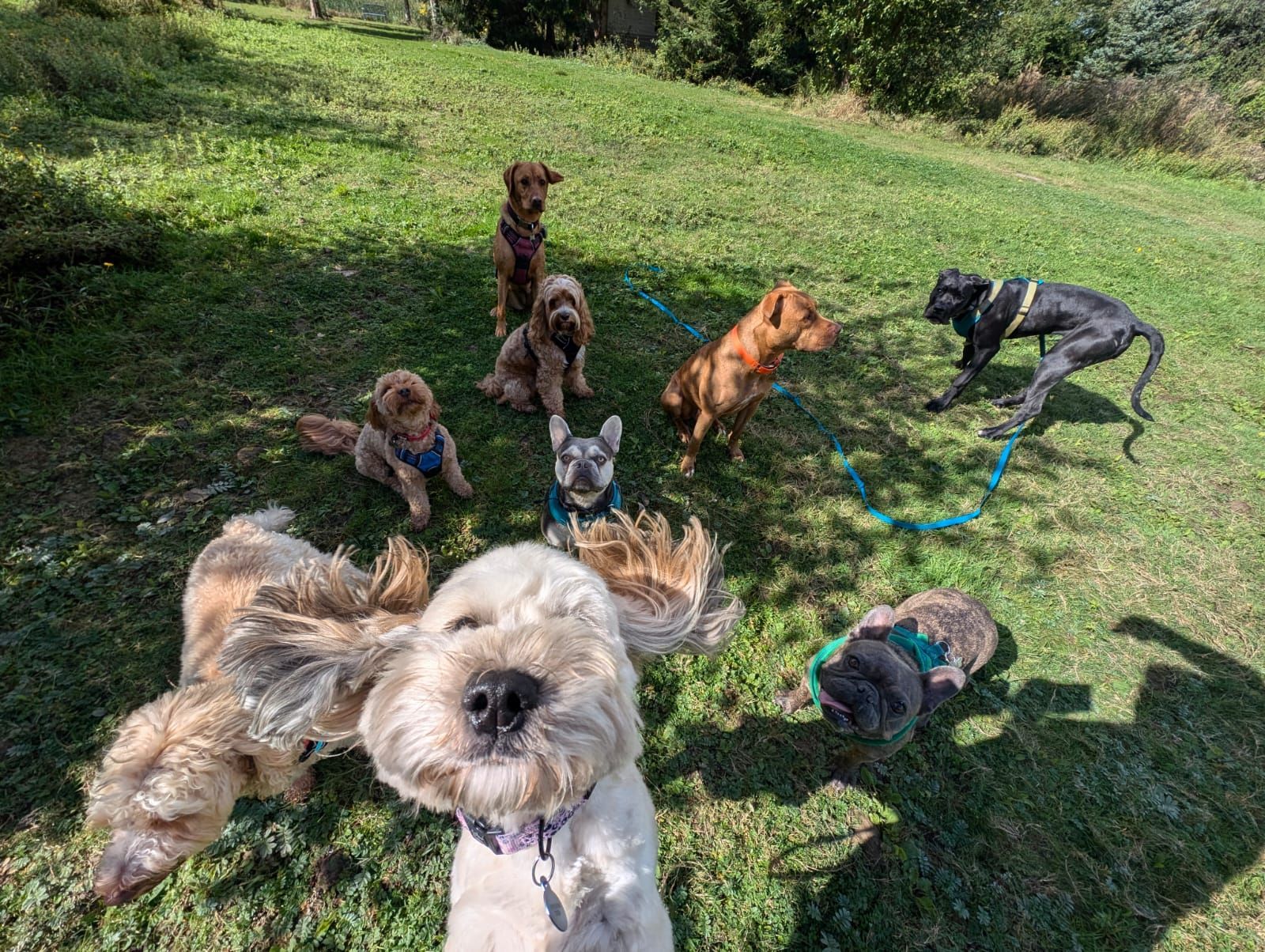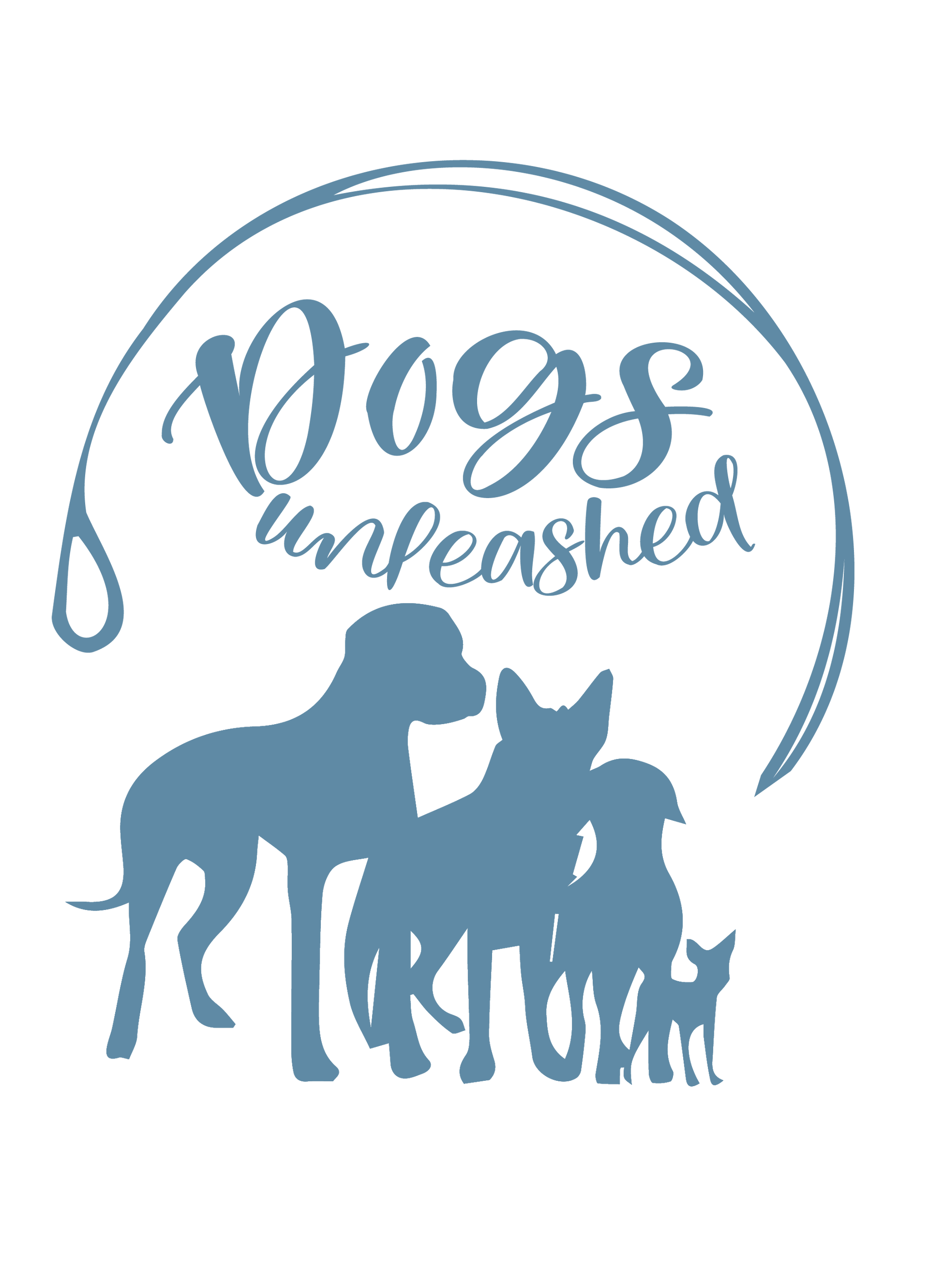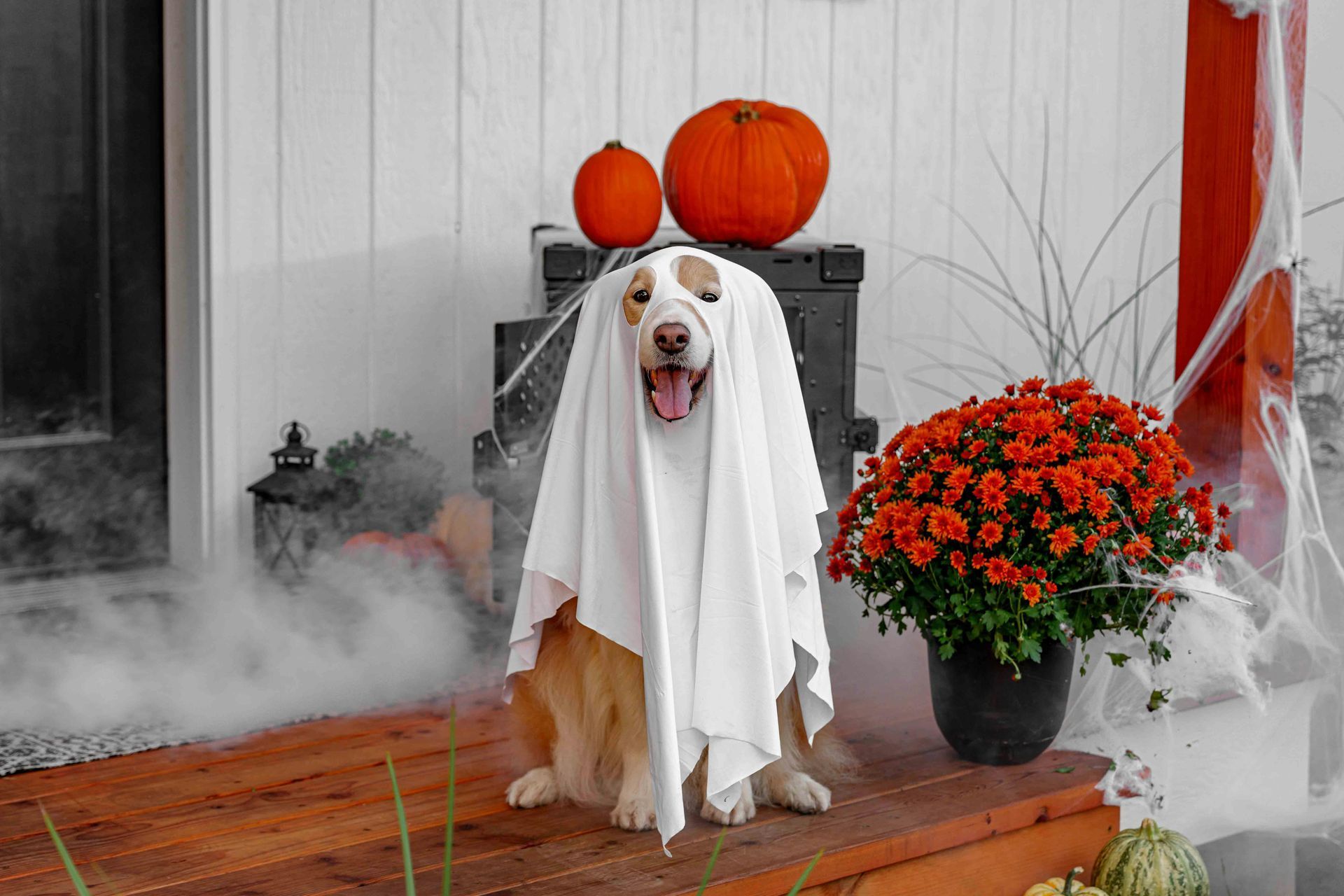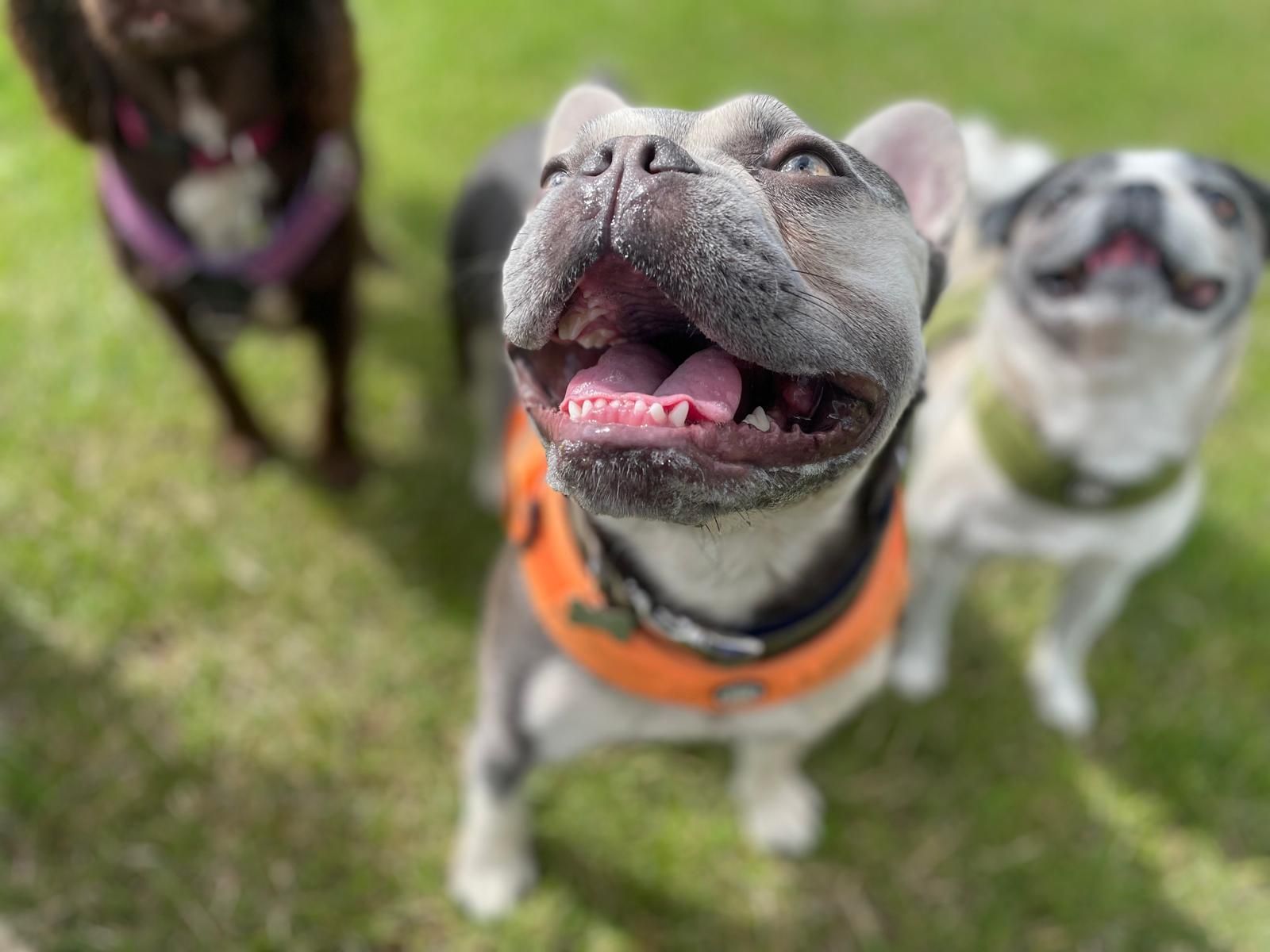

The Hidden Dangers of Flat-Faced Breathing: Why Regular Check-Ups are a Must for Your Pug or Bulldog


Whether you’ve just welcomed a new puppy or want to ensure your older dog remains well-behaved, mastering the basics of training is essential.

Like humans, dogs benefit from periodic refreshers to reinforce good behavior and strengthen their bond with you. In this post, we’ll go over the foundational training techniques that every dog owner should revisit, from obedience commands to leash walking and recall.
1. Why Refresher Training is Important 🐶
Even the most well-trained dogs need occasional reminders. Life changes, age, and even environmental factors can influence a dog’s behavior. Consistent refresher training ensures that your dog stays mentally engaged, sharpens their responses to commands, and keeps their behavior in check. Think of it like tuning an instrument—it requires regular adjustments to maintain harmony.
2. Basic Commands: The Foundation of Training 🐶
The core commands—sit, stay, come, down, and leave it—are the bedrock of obedience training. If your dog hasn’t practiced these in a while, take a moment to go over them:
- Sit: A simple yet essential command, useful in any situation where calm behavior is needed. Reinforce it by rewarding your dog every time they sit on command.
- Stay: Vital for keeping your dog from wandering off or getting into trouble. Gradually increase the time and distance your dog holds the “stay” command.
- Come: Recall is one of the most important commands for your dog’s safety. Always reward your dog generously when they respond, making it a positive experience.
- Down: Helps manage overexcited or anxious dogs by encouraging calm behavior.
- Leave it: This command can prevent your dog from picking up something harmful. It’s a great way to reinforce self-control.
3. Leash Walking Refresher 🐶
Leash walking is often where dogs and owners lose their discipline. Loose leash walking should feel relaxed, not like a tug-of-war. Practice the “heel” command to keep your dog by your side. If they pull, stop walking immediately and wait for them to come back to your side before moving again.
You can also practice in low-distraction environments before heading out to busier streets. Patience and consistency are key here.
4. Dealing with Common Challenges 🐶
You may notice new or recurring behavioral issues, such as jumping up, barking excessively, or leash pulling. Address these promptly with positive reinforcement techniques:
- For jumping, ask for a “sit” before your dog greets anyone.
- For excessive barking, identify triggers and work on redirection, rewarding quiet behavior.
- Leash pulling can often be remedied by rewarding good leash behavior and changing direction when your dog pulls.
5. Enrichment and Mental Stimulation 🐶
Incorporate puzzle toys, scent work, and interactive games to keep your dog mentally stimulated. A mentally engaged dog is less likely to develop behavioral issues due to boredom. Training sessions can also double as brain workouts.
6. Consistency is Key 🐶
Remember, training is not a one-time activity—it’s ongoing. 🕰️Set aside time each week to practice, reinforce, and reward. Dogs thrive on structure, and even short training sessions can make a big difference in their behavior.
Mastering the basics with your dog through regular training refreshers isn’t just about ensuring good behavior—it’s about fostering a stronger bond and creating a sense of security and predictability for your dog. Whether you’re revisiting core commands or refining leash walking, remember that patience, consistency, and positive reinforcement are the keys to success. 🫶🏻
Rochelle
Tel: 07718309618
dogsunleashed.surrey@gmail.com
Available in the following neighborhoods:
Wimbledon SW19
South Wimbledon SW19
Colliers Wood SW19
Mitcham CR4
Morden SM4
Wimbledon Chase SW20
Raynes Park SW20






